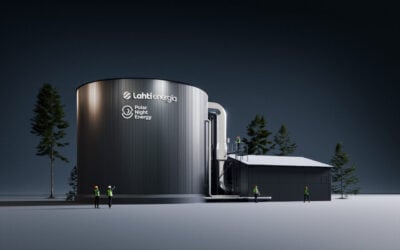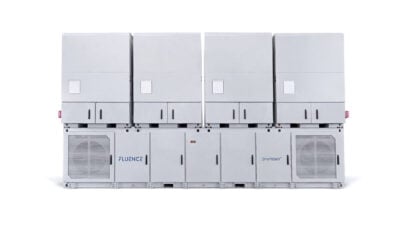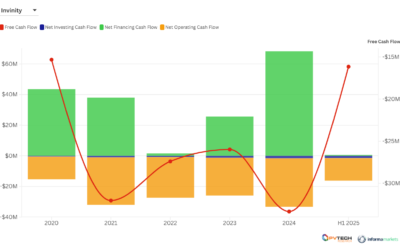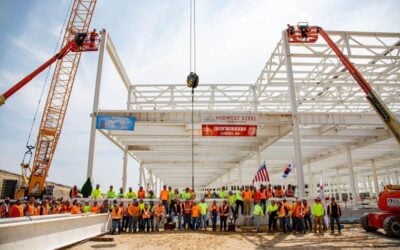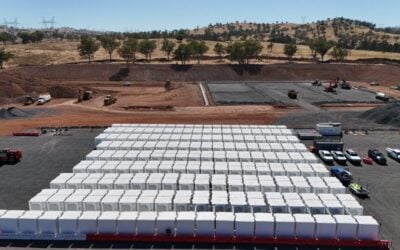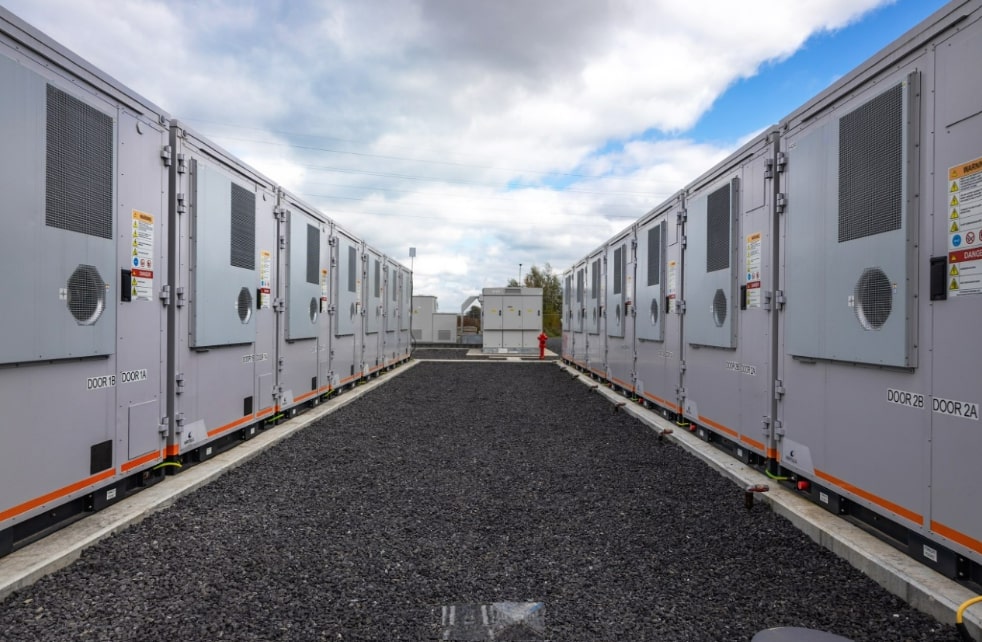
Optionality is key for battery storage developers and owners when considering project augmentation, leading system integrators to enhance their augmentation offering.
As Energy-Storage.news has previously written, adding capacity to existing battery storage projects is going to be a big part of what developers and system integrators do in the coming years with multi-gigawatts of projects now up-and-running.
Several sources at Energy Storage Summit USA in March said that the new investment tax credit (ITC) for standalone battery storage meant an increasing trend towards spending capex now to overbuild projects rather than augment further down the line.
However, more recent conversations have provided a reminder that optionality above all is key for some project developers when thinking beyond year one.
Try Premium for just $1
- Full premium access for the first month at only $1
- Converts to an annual rate after 30 days unless cancelled
- Cancel anytime during the trial period
Premium Benefits
- Expert industry analysis and interviews
- Digital access to PV Tech Power journal
- Exclusive event discounts
Or get the full Premium subscription right away
Or continue reading this article for free
Speaking to Energy-Storage.news, New England-focused solar and storage developer BlueWave’s MD storage development Michael Zimmer said that there are “competing viewpoints” on how to oversize when you build a project.
“Given the IRA and the ITC, there’s some value in oversizing beyond just the 10% degradation of year one (of a project) to allow for the capacity you need in years 5-10. So this now requires an advanced analysis of how to augment and take advantage of ITC but also be mindful of capex.”
Nonetheless, he said Bluewave’s approach is to oversize its battery storage projects to overcome the year one degradation but augment every two to five years thereafter to meet interconnection capacity.
While the firm would develop an augmentation plan with the initial system integrator for the life of the asset, it would not contract for those batteries for, say, five years from now.
“The reason why I’m not committing to buying another 25% of my capacity in five years is that both parties are aware that the technology is changing so rapidly and advancing so quickly. It’d be a mistake to think it’s going to be the same piece of equipment, at the same capacity and the same price,” Zimmer said.
Speaking during its recent quarterly earnings call, global battery storage system integrator Fluence’s CEO Julian Nebreda also touched on augmentation, providing the perspective from the other side of the negotiating table.
“Years ago it was not an option for customers – they had to take our argumentation proposal. Now, the way the enterprise service agreements are, they have the option and they can decide to take or not take our augmentation proposal. But we believe that they’re generally going to take the proposal,” Nebreda said.
“Because it’s an option, we cannot put it down as backlogged value. But when we have looked at it, in most cases we think they will. It depends a little bit on what the customer needs are, what augmentation is needed etc.”
“From a product perspective, we have made some changes to our offering to ensure that we can provide an augmentation offering that is a lot wider. So we can provide permutations with different technology which will also make us a lot more competitive when the time comes.”
The president of competitor Powin Energy, Anthony Carroll, also indicated the firm has implemented optionality into its augmentation offering in a wide-ranging interview with Energy-Storage.news, published last week.
Zimmer added that in general an entire repowering – replacing all the battery cells – is being envisaged for year 20 of a project’s lifetime. However, some projects have recently done this much earlier, like an eight-year old project in Illinois which Kore Power recently agreed to repower for owner Cordelio Power.

